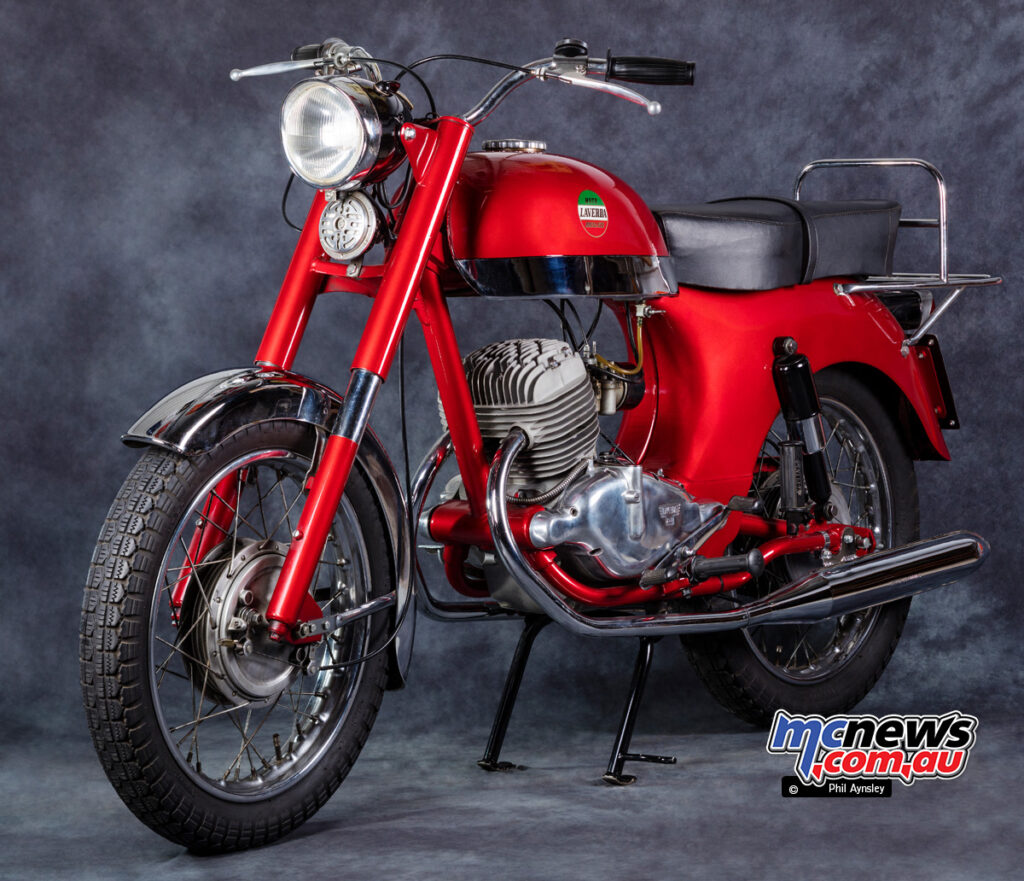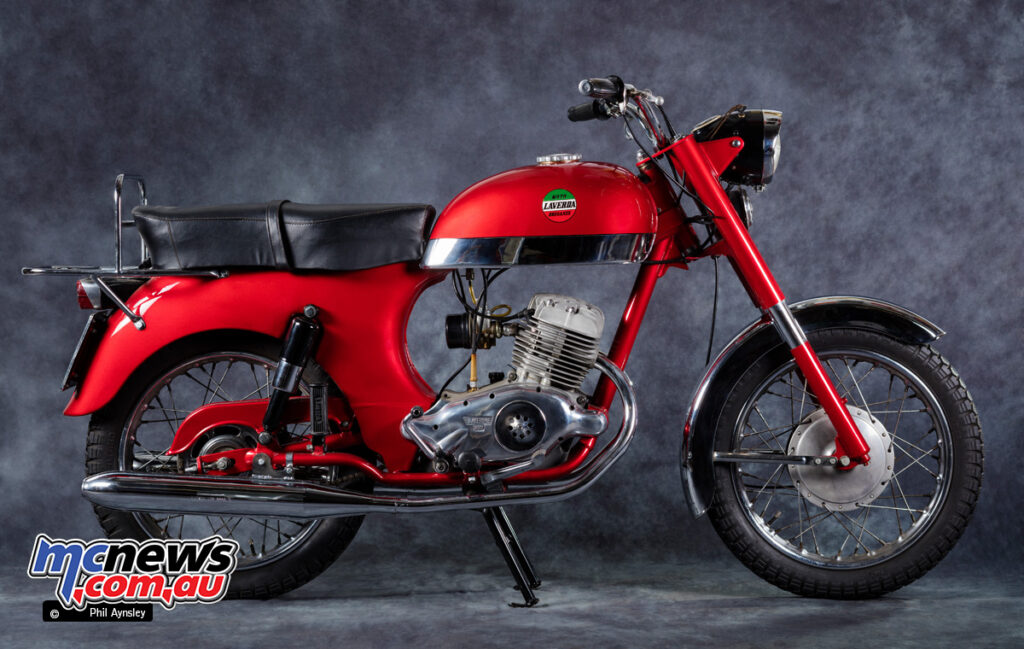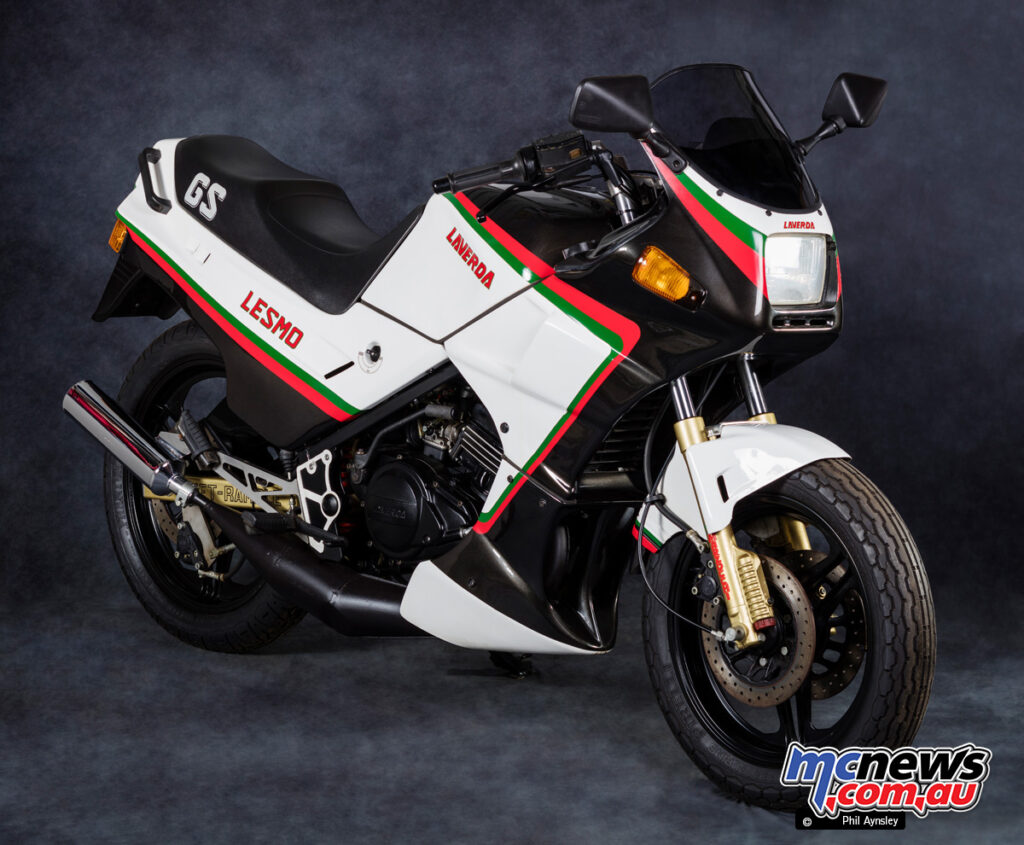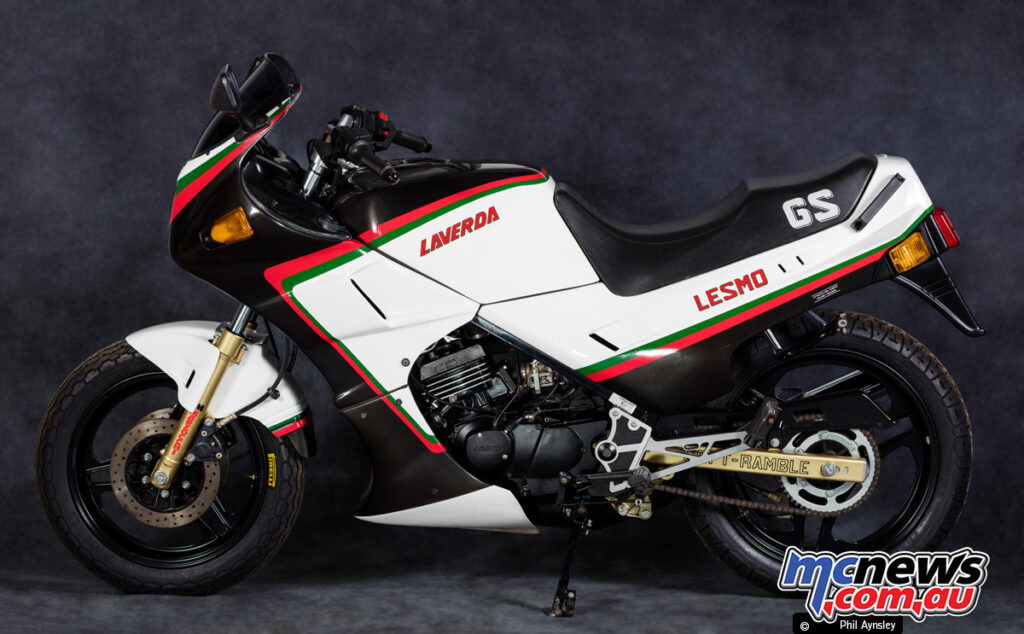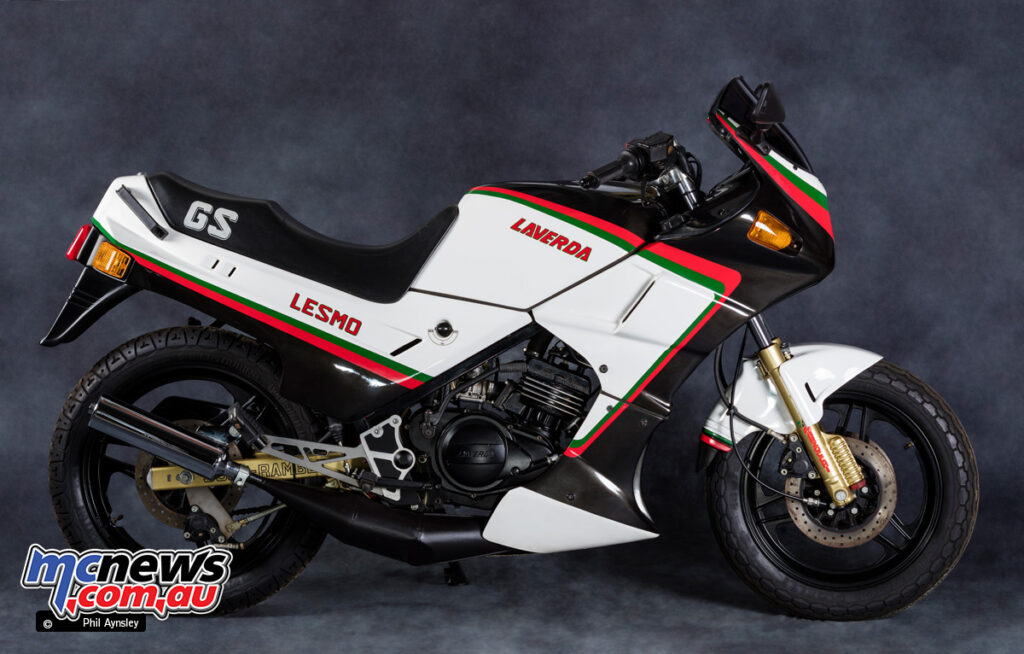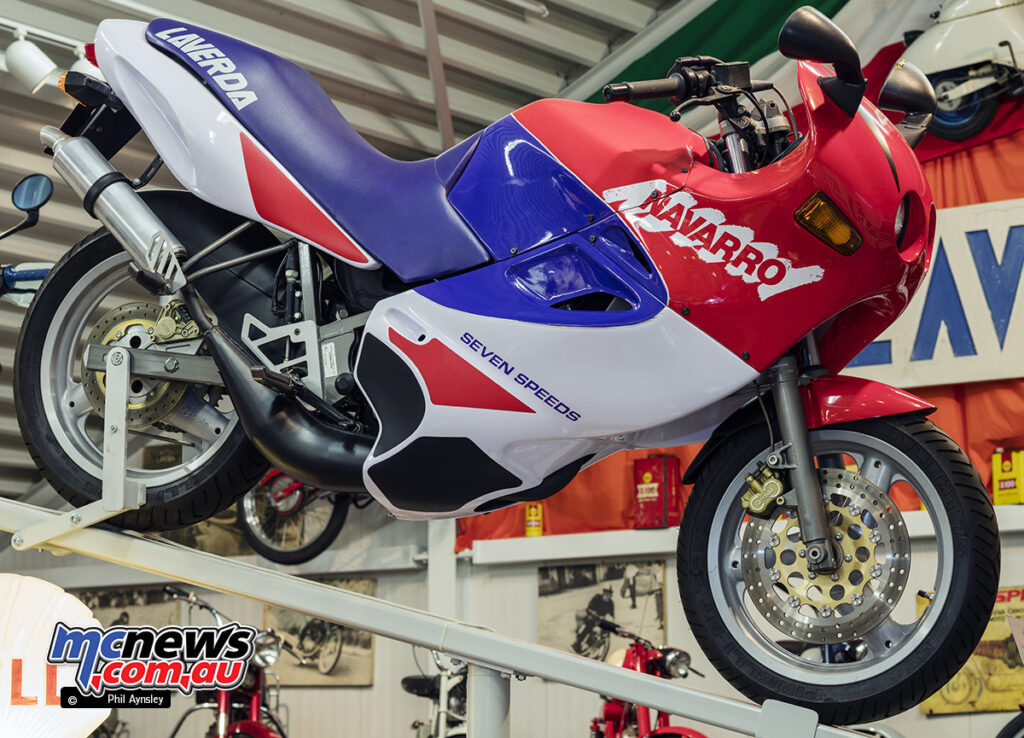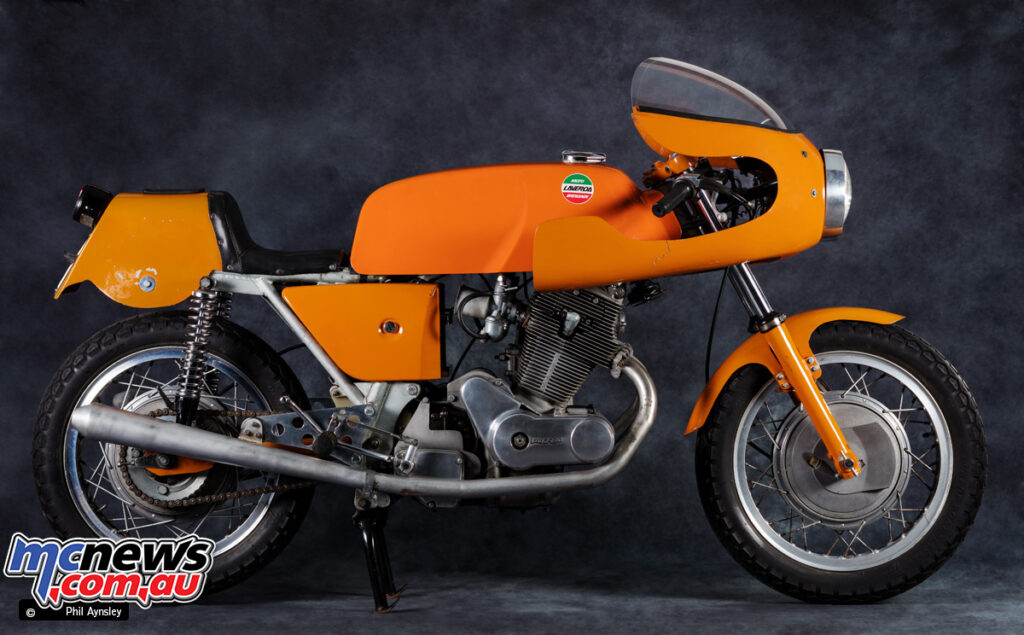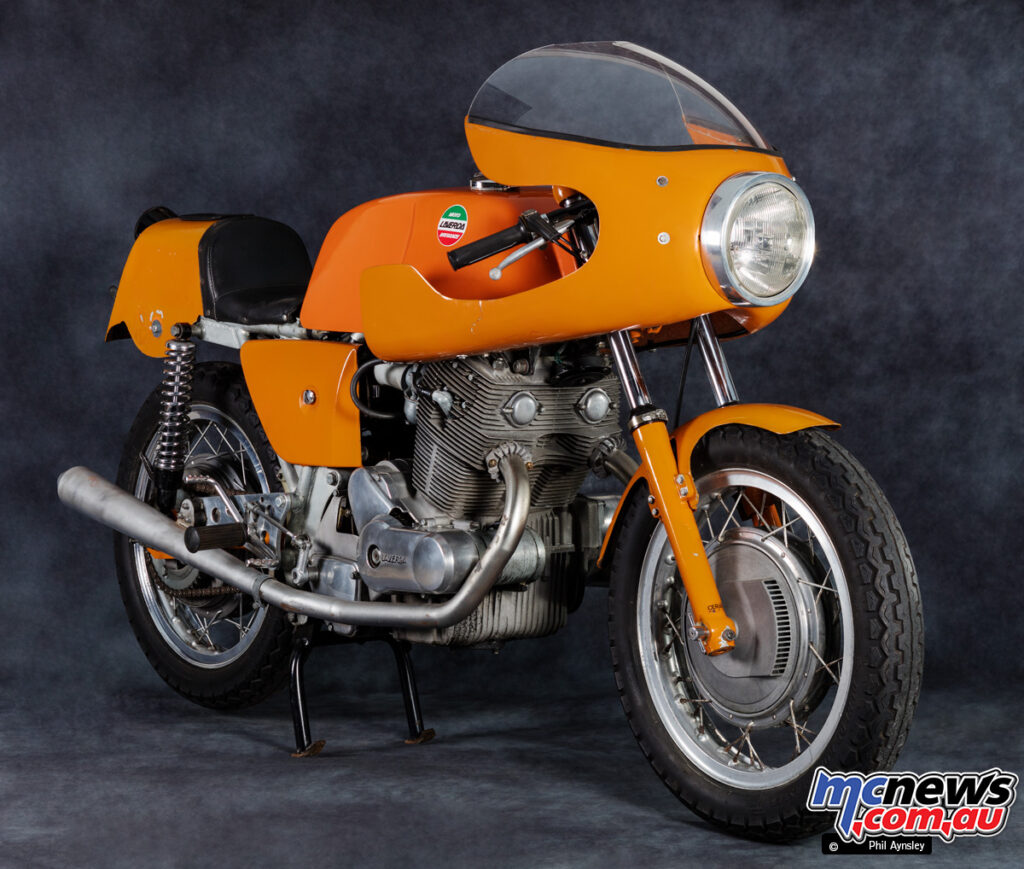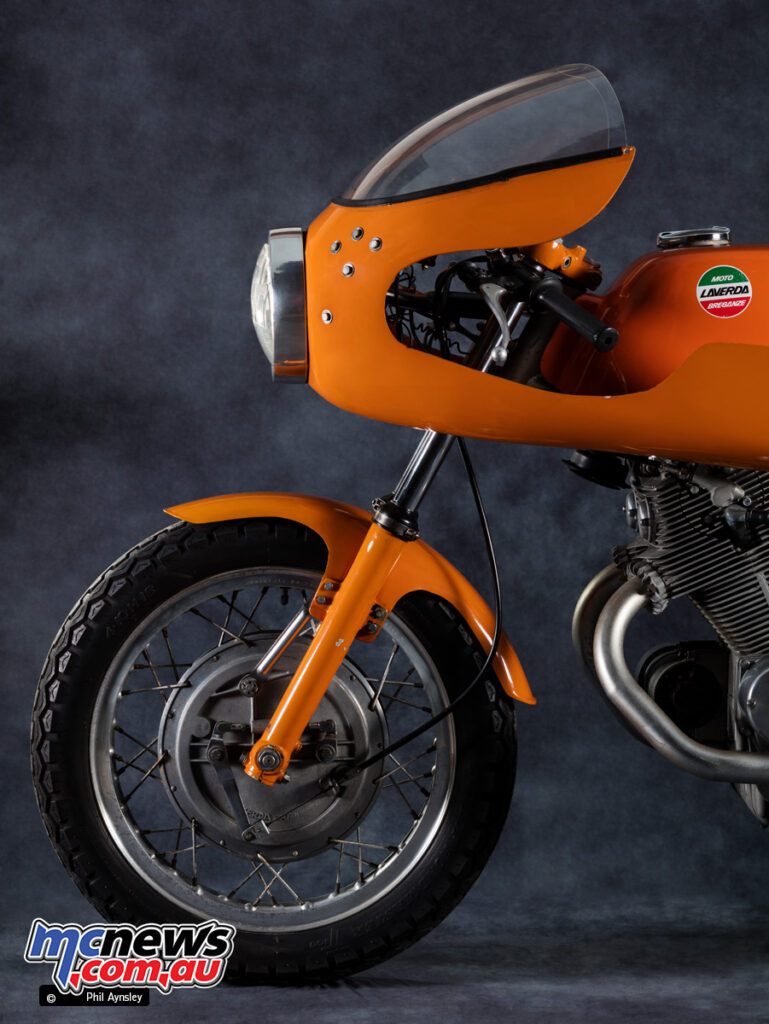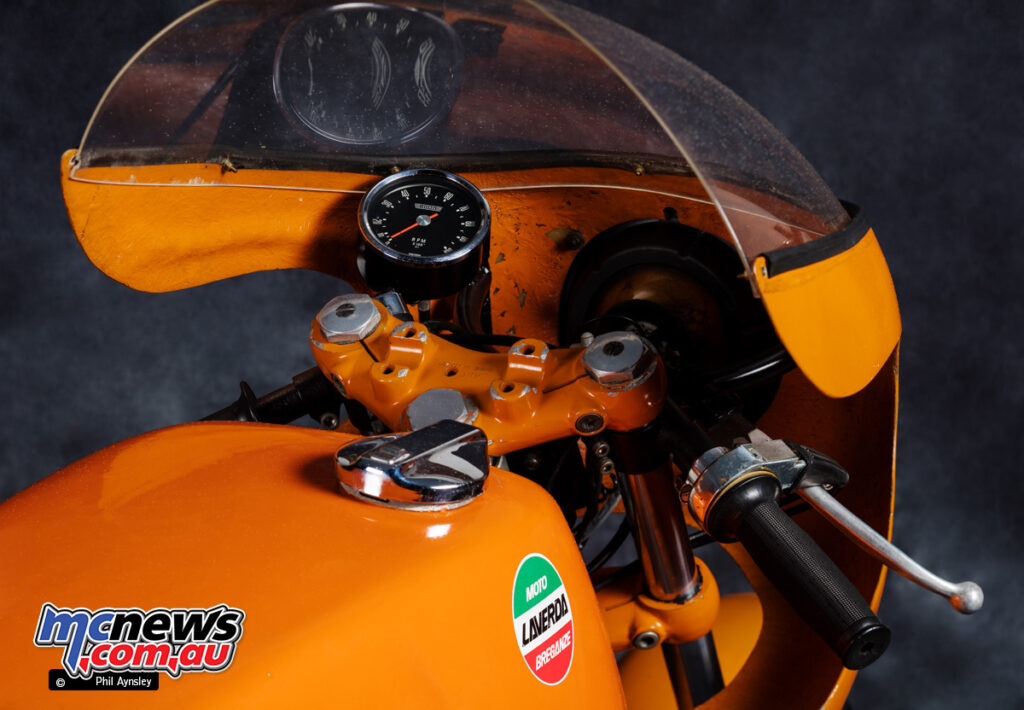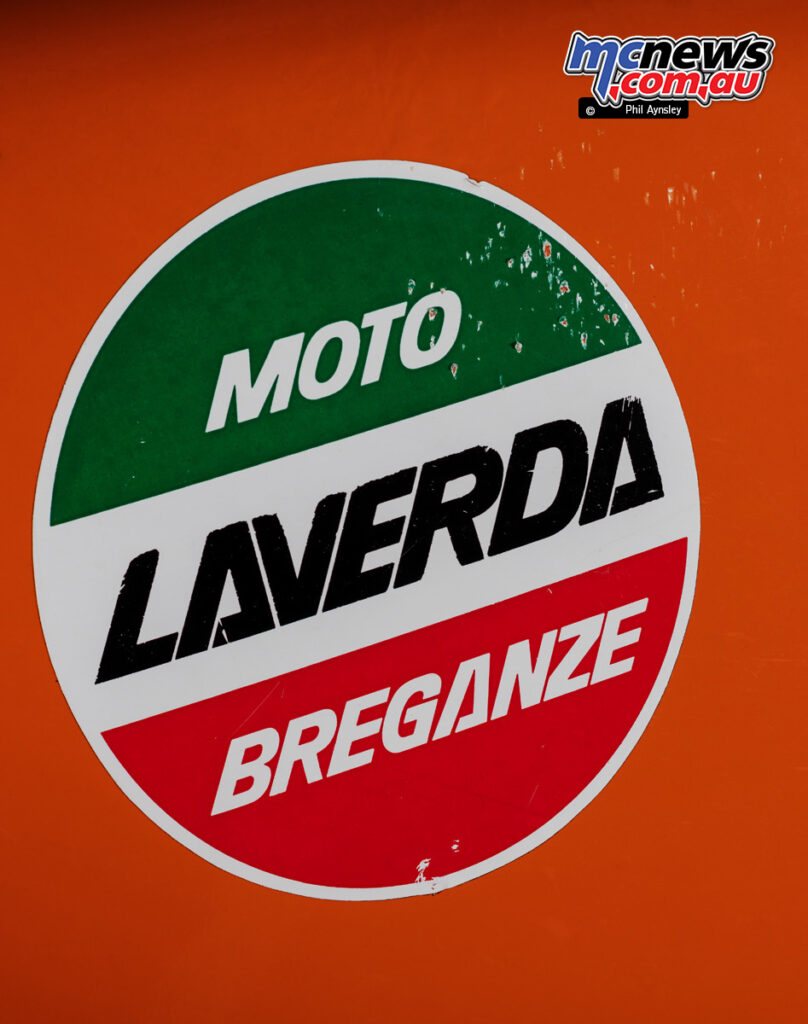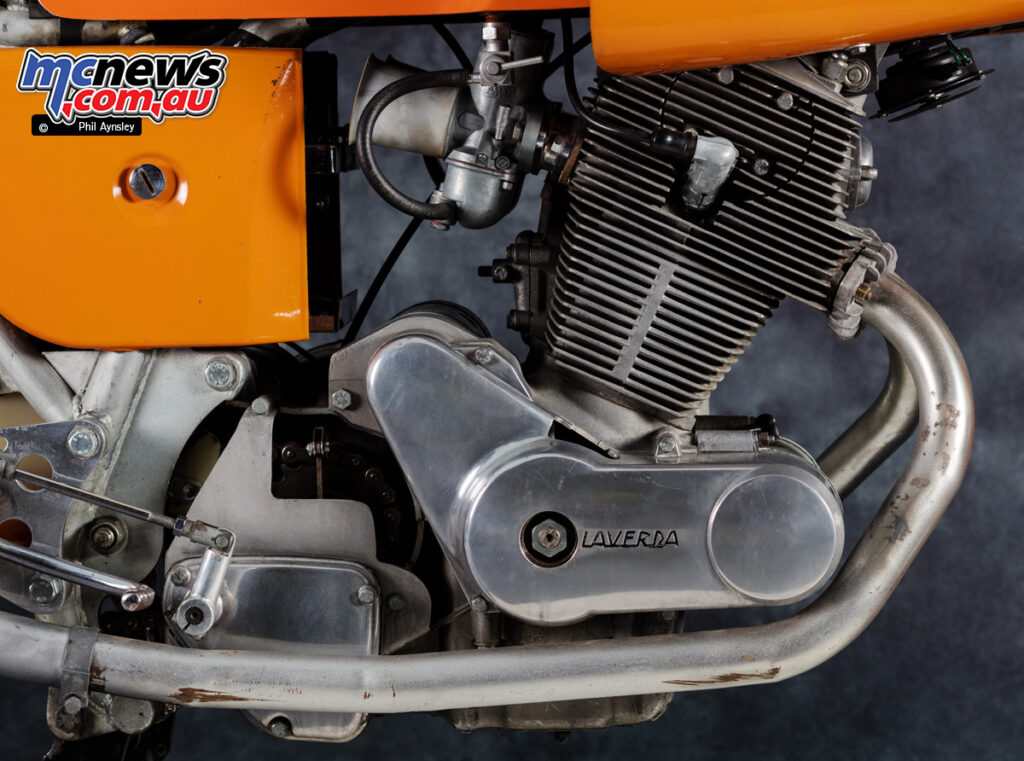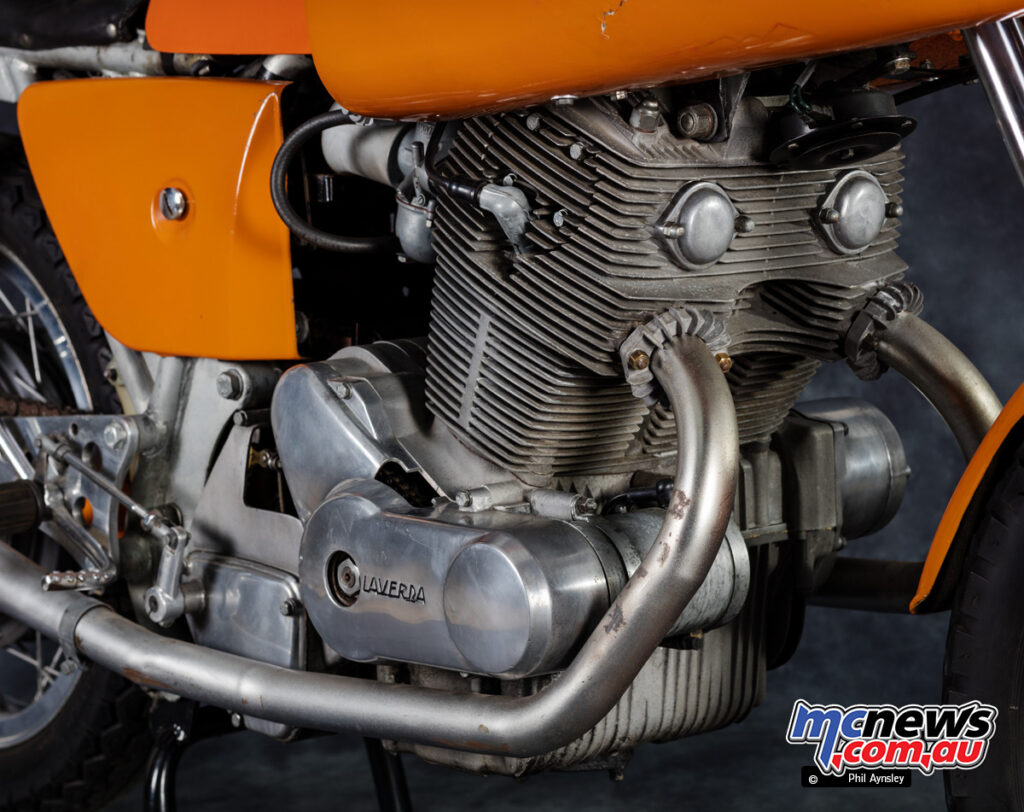The venerable Honda CB750 will be a highlight of the 31st annual Laverda Concours which includes free entry for concours motorcycles.
The Laverda Concours is the biggest and best motorcycle show in Queensland and one of the biggest in the nation. The concours gets its name from Club Laverda Queensland who began the show in 1982 with the Ducati Owners Club who later pulled out.
It will be held this year on Sunday, July 21, at the Redland Showgrounds.
Honda CB750 display
About 30 Honda CB750 models will on display to celebrate the bike’s 50th anniversary.
Honda 750/4 Club spokesman John McNair says their display will include race bikes, some with Rickman kits and a racing outfit.
“Some will be in their original unrestored condition and some will be pristine restored bikes,” John says.
“We will have several from among the first 50 sold in the country, including sandcast and even a diecast model worth up to about $30,000.”
Free concours entry
The Laverda Concours gate price for spectators remains at $10 for over 15s with free on-site motorcycle parking.
However, Concours event manager Bryan Horn says they have removed the $10 fee to enter your motorcycle in the concours.
“That’s big news and should equate to more bikes in the paddock,” he says.
“We want to focus on enthusiast clubs this year.
“Not only will the Hondas 750/4 Club have a display but there will be a special trophy supplied by Oliver’s Motorcycles for the best Triumph Bonneville to mark its 60th anniversary.
“I’ve also had a call from an historic motorcycle club member in Rockhampton who says he is bringing his 1959 model,” Bryan says.
“We are keen to highlight the vibrant enthusiast motorcycle club community here in the great South East.”
Concours details
The Concours starts from 6am with some 60 trophies available and $2000 for the best machine of the day.
Motorcycles, scooters, trikes, etc entered for judging must be in running order.
The event is alcohol free and raises funds for Make-a-Wish Australia. Over the past 15 years the club has donated more than $92,000 to the charity.
There will also be trade stalls, entertainment plus food vendors and children’s rides. However, there will be no dyno this year.
Stories You May Also Like
Source: MotorbikeWriter.com
